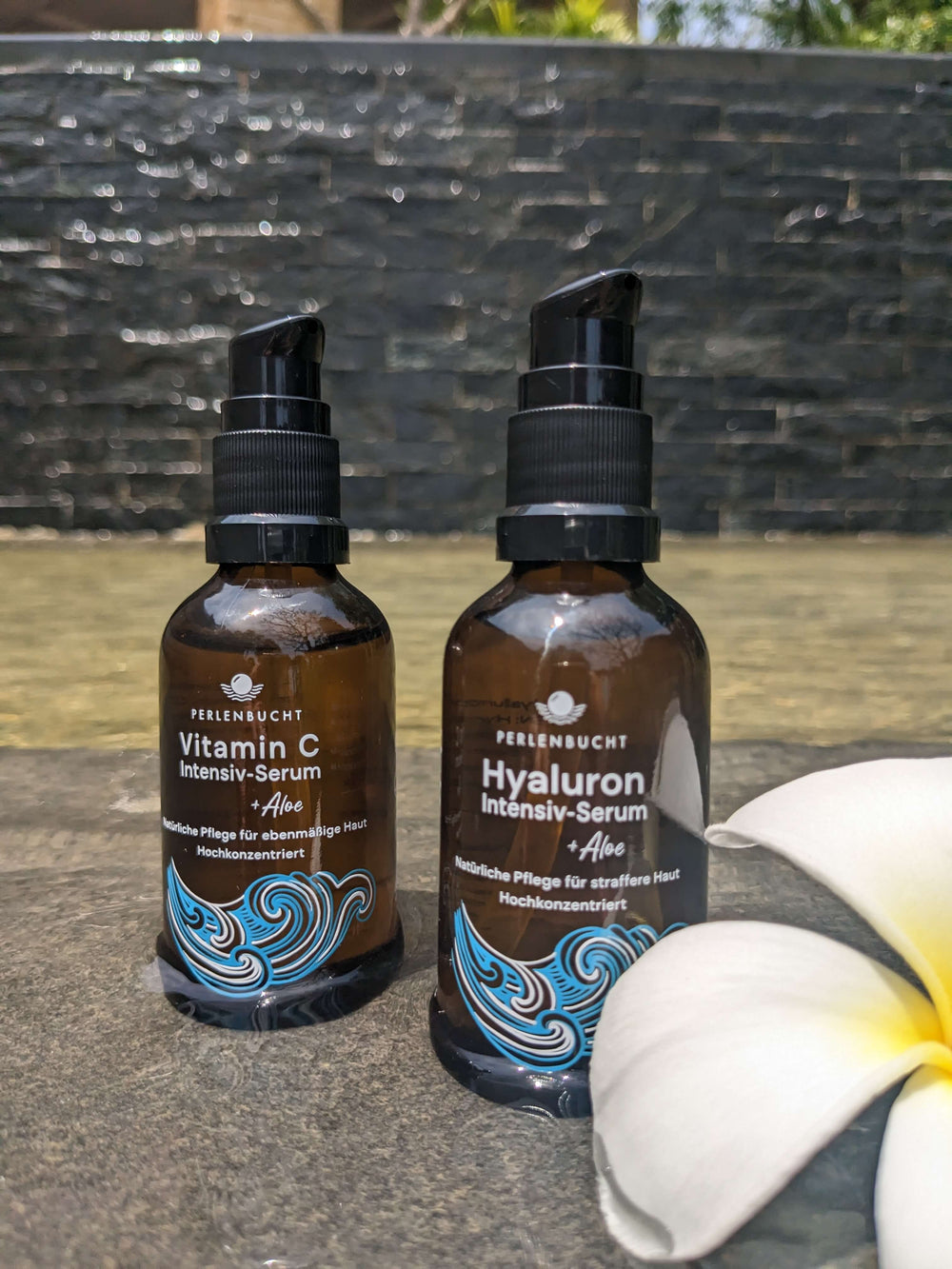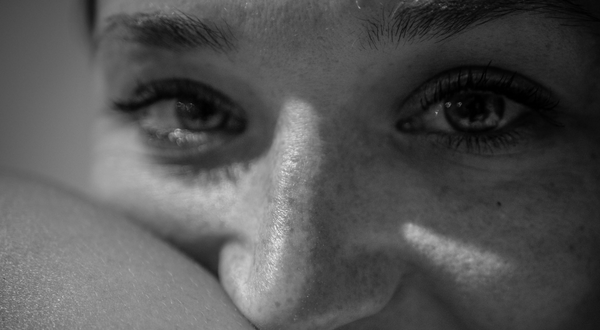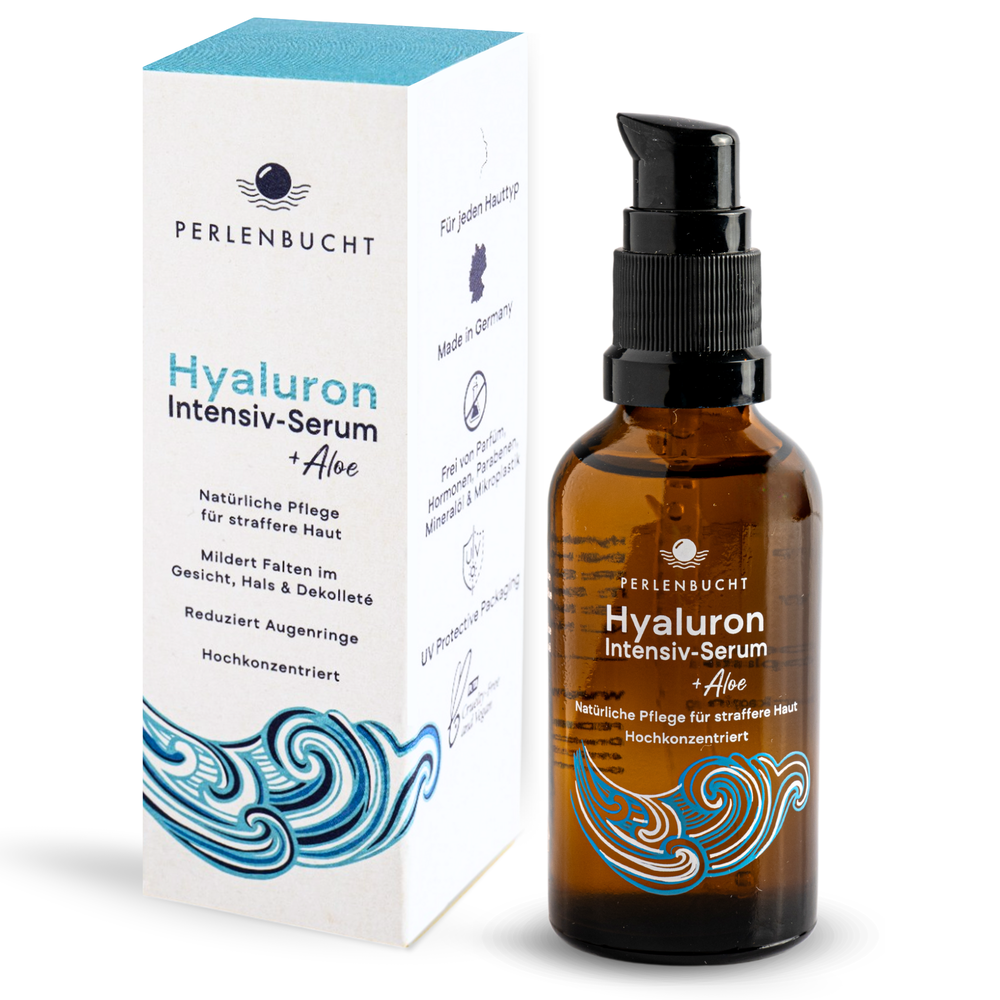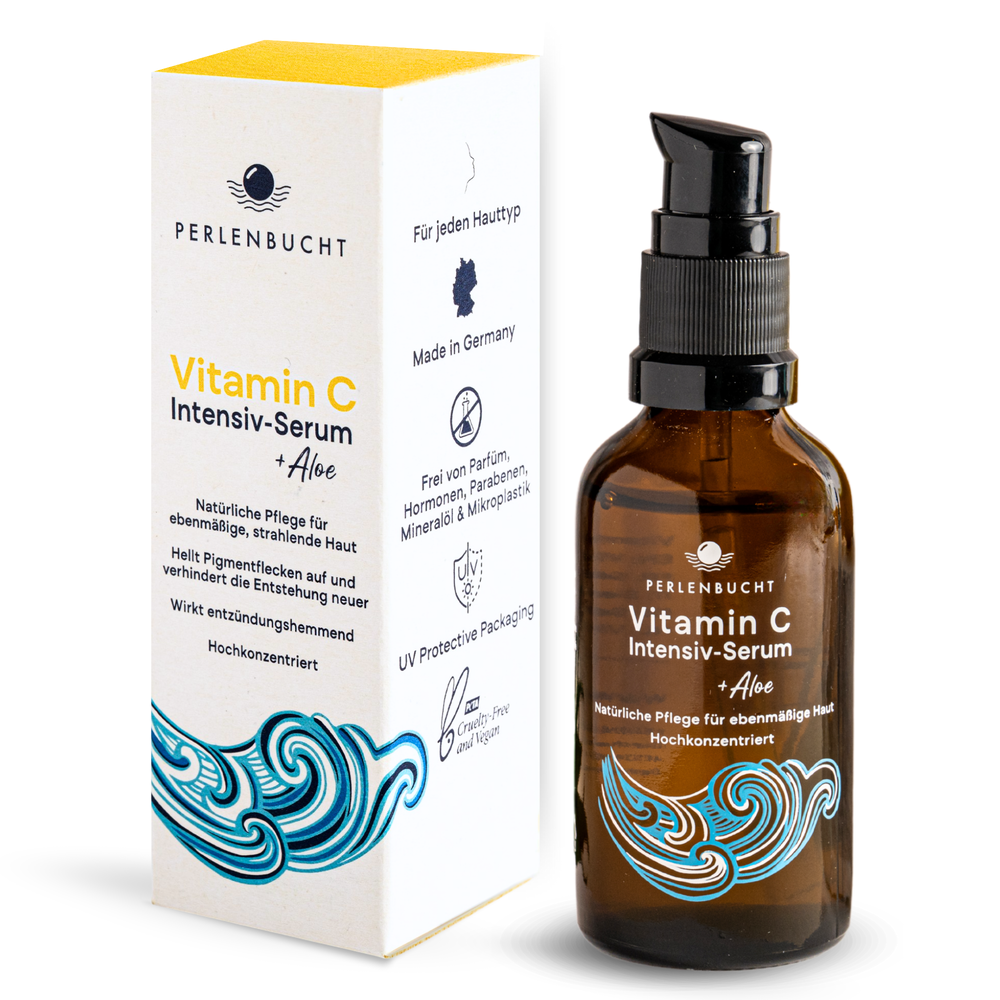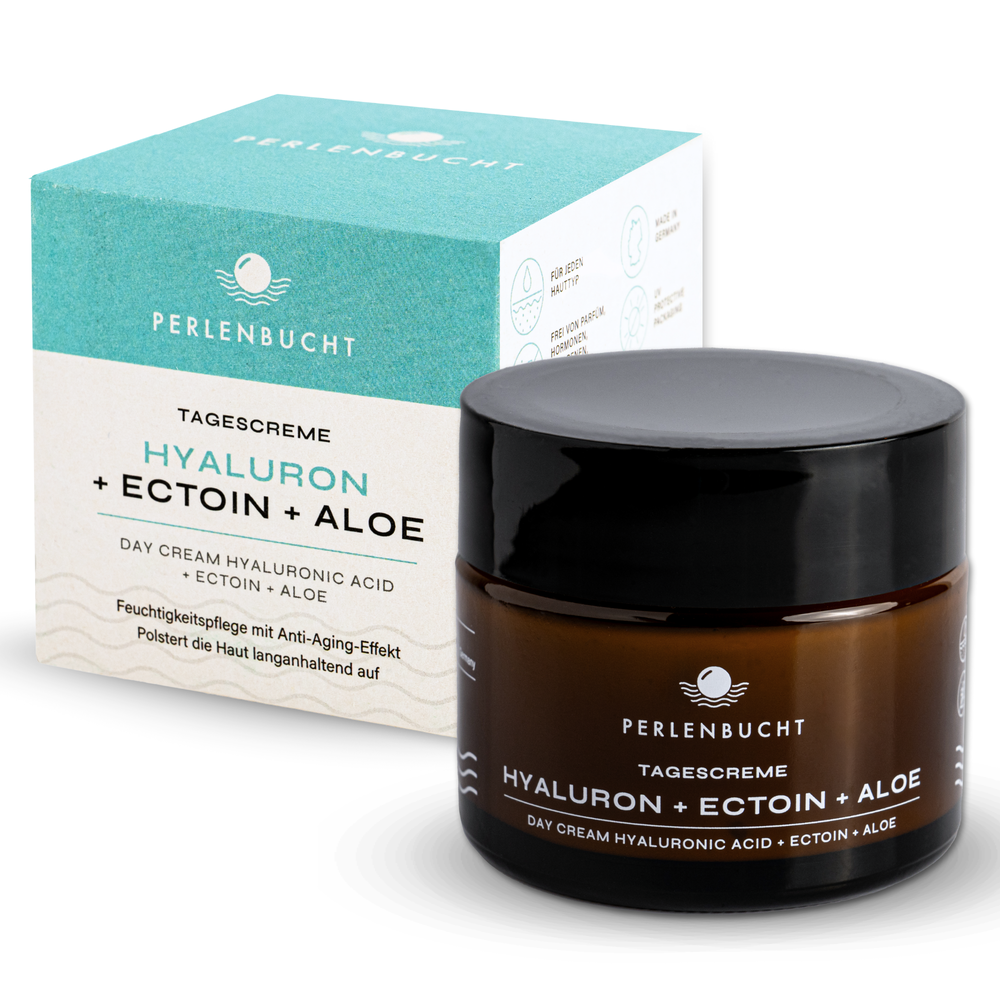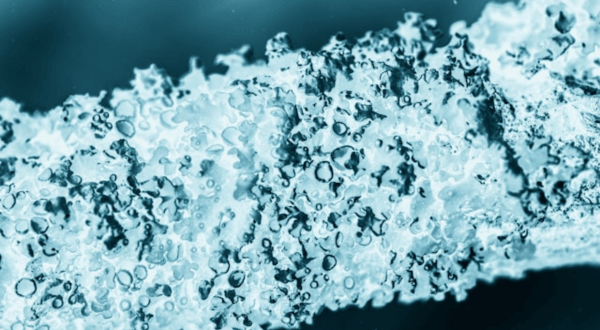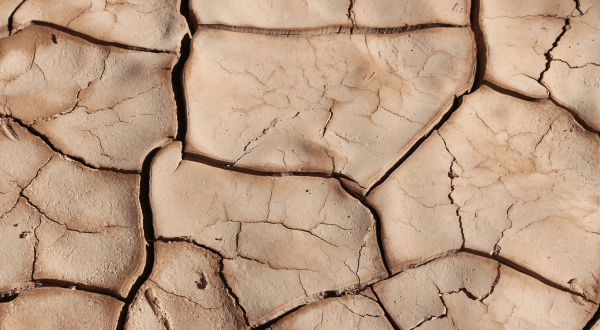Pigment spots, also known as age spots or sun spots, are flat, discolored areas of the skin caused by an excess of melanin. Melanin is the pigment that gives color to our skin, hair and eyes and serves as a natural sunscreen to protect skin from UV rays.
When the skin is exposed to UV radiation, the melanocytes (the cells that produce melanin) produce more melanin, which leads to a build-up of melanin in certain areas of the skin, leading to the formation of pigment spots. They are most commonly found on the face, hands, and arms and are usually caused by exposure to the sun or UV rays. However, they can also be caused by hormonal changes, inflammation or injuries to the skin. Pigment spots are usually harmless, but for some people they can look unsightly and affect self-esteem.
Skin can also react to pigment spots by becoming dry, itchy, and irritated. These symptoms can be caused by the use of harsh skin care products, sun exposure, or other environmental factors. In some cases, pigment spots can also be accompanied by other skin conditions such as eczema or psoriasis, making the skin more prone to irritation and dryness.
It's important to note that pigment spots are benign, but may be cosmetically undesirable for some people. Some people can also experience emotional distress due to pigment spots. Therefore, it is important to protect skin from the sun, use gentle skin care products, and consider natural or professional treatment options if pigment spots are bothersome.
There are several natural ways to reduce the appearance of pigment spots:
A natural pigmentation spot treatment routine should always start with good sun protection and skin protection, as sun exposure is a major risk factor for pigmentation spots. A sunscreen with at least SPF 30 should be applied daily to protect the skin from UV rays.
Adequate hydration is also important to keep skin healthy and elastic. A moisturizer with natural ingredients like aloe vera, coconut oil, and shea butter can help soothe and hydrate skin. Aloe vera can also help reduce the appearance of pigment spots.

Using exfoliants is another important element in a natural pigmentation spot treatment routine as it helps to remove dead skin cells and brighten the skin.
Vitamin C is another important element in the treatment of pigment spots. Vitamin C is a powerful antioxidant that can help brighten skin and reduce the appearance of pigment spots. You can use a vitamin C serum and also include foods high in vitamin C in your diet. Overall, it can help keep skin looking healthy and glowing.
If the pigment spots are severe or persistent, it is best to consult a dermatologist who can recommend the best course of treatment.
It is important to note that natural remedies can take longer to show results than chemical ones and also that every skin type is different.


